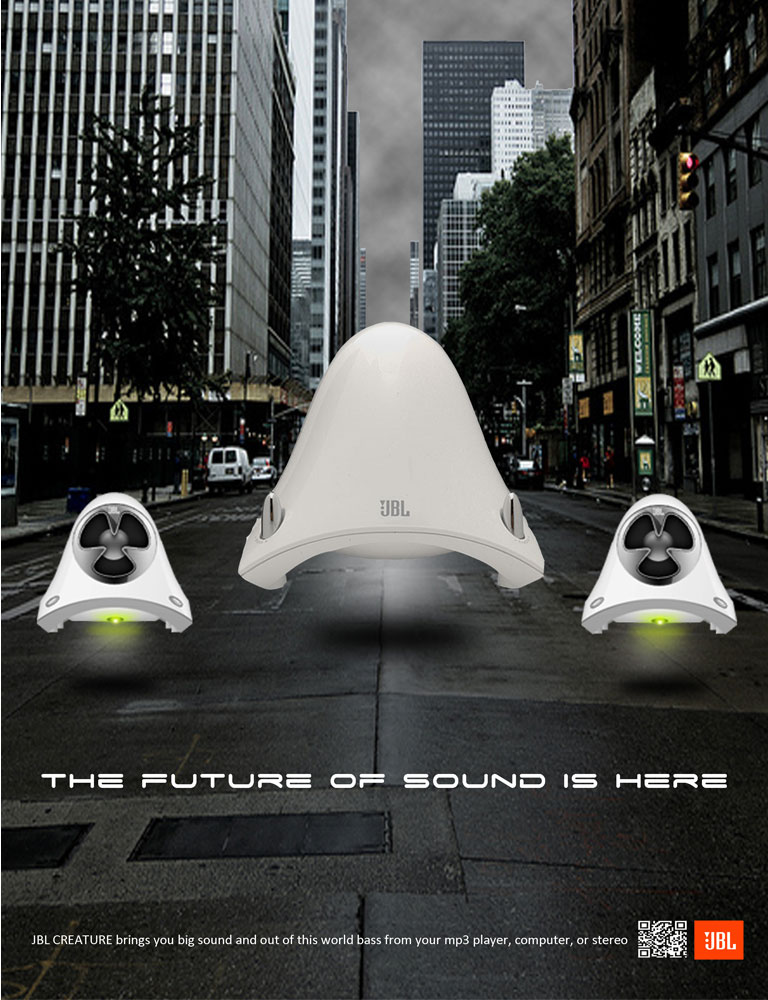Android is a popular mobile operating system that competes with more established platforms. With its ever-expanding reach and scope, Android mobile applications have seen a significant increase in development. Rooting your phone allows you to extend the functionality of your phone. Let’s talk about rooting and its benefits deeper.
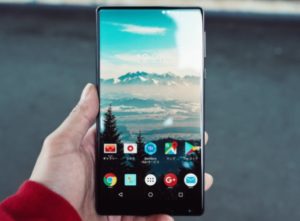 Rooting an Android device is very similar to jailbreaking the iPhone. Rooting gives you superuser access to the Android platform. Rooting your phone means that you can take overall control of the phone and change the original operating system. A program called “SU” (switch user) is installed on the phone and gives you root access to all programs. SU does it by exploiting security holes in the operating system code and device drivers. Rooting is indeed not approvable by manufacturers. Thus, if you do not want to do it, you can still enjoy more modified apps through HappyMod without rooting your Android. Suppose you are one of those who still wish to proceed to root your Android device. This article has prepared some lists of benefits you will generate later.
Rooting an Android device is very similar to jailbreaking the iPhone. Rooting gives you superuser access to the Android platform. Rooting your phone means that you can take overall control of the phone and change the original operating system. A program called “SU” (switch user) is installed on the phone and gives you root access to all programs. SU does it by exploiting security holes in the operating system code and device drivers. Rooting is indeed not approvable by manufacturers. Thus, if you do not want to do it, you can still enjoy more modified apps through HappyMod without rooting your Android. Suppose you are one of those who still wish to proceed to root your Android device. This article has prepared some lists of benefits you will generate later.
Customized Android Apps
 You can customize your Android devices to run any operating system and to meet your specific needs. It does so because Rooting gives you overall control of your Android device. You can edit system files, change boot images and even remove unwanted apps. For example, there are more than 20 custom operating systems for HTC Desire. These operating systems can let you save apps to your SD card. Besides, it enables you to add Arabic support or remove SenseUI altogether.
You can customize your Android devices to run any operating system and to meet your specific needs. It does so because Rooting gives you overall control of your Android device. You can edit system files, change boot images and even remove unwanted apps. For example, there are more than 20 custom operating systems for HTC Desire. These operating systems can let you save apps to your SD card. Besides, it enables you to add Arabic support or remove SenseUI altogether.
Backup and Restore
When rooting, you can save the full image of your device to an SD card. You can restore it later if needed. This restoration feature allows you to try different operating systems for your phone. You can backup your phone and wipe the entire device to test a modified aftermarket ROM. Then, flash the new firmware. You can also restore your phone from a backup if you are not satisfied with the latest firmware.
Memory Savings
Sometimes your device may exceed its maximum memory limit. You can solve this problem by moving most of your apps to an SD card. CyanogenMod, a popular Android customization program, allows you to move most apps to SD even if it is not permissible by Android developers.
Rooting Required Applications
Some Android applications require rooting. ROM Manager, for example, requires rooting to flash ROMs from SD cards to the phone. SetCPU is also similar, and this app allows you to overclock or underclock your device. There are more modified apps you can install after rooting your Android to make it great.
When rooting a locked or branded device, be sure to read and follow all instructions. Do a wrong move can result in a cracked device. In this case, a damaged smartphone is one where the firmware has become corrupted, or the software is faulty, making it unusable. Sometimes, the phone can be made usable again with a ROM flash.
From simple tweaks to the latest Android ROMs, custom Android ROMs give you overall control of access to most Android phones. Your phone can become extremely fast with CPU overclocking and hyper-optimized versions. Google is the best place to start learning how to root your phone.
…
Read More
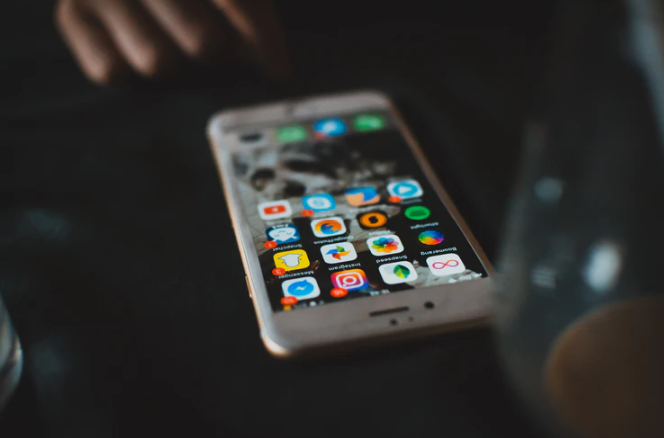


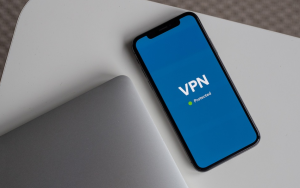 The Virtual Private Network (VPN) is one of the best solutions to access many other country servers. It is a secure gateway that can guarantee your online data transfer locked in private. It means that you can access everything you do online free of control. When you use a VPN, you get the shadow IP address that lets you browse your Facebook or Twitter account without getting anyone, neither government authorities nor hackers, sniffing around and trying to catch you online. Therefore, it is a safe way to access websites that are banned in China.
The Virtual Private Network (VPN) is one of the best solutions to access many other country servers. It is a secure gateway that can guarantee your online data transfer locked in private. It means that you can access everything you do online free of control. When you use a VPN, you get the shadow IP address that lets you browse your Facebook or Twitter account without getting anyone, neither government authorities nor hackers, sniffing around and trying to catch you online. Therefore, it is a safe way to access websites that are banned in China. Using a proxy can be one of the ways to access social media in China. It uses other websites as a door to get through to Facebook or Twitter. The perfect portrayal is when you are in a movie theater. After entering the hallway, you buy tickets for the movie you want and watch it. Proxies have a similar concept with a fascinating idea. Suppose you start a proxy website in any country and visit social media through it. In that case, the internet data makes it look like you are getting social media in that particular country. As you are in China, you can access any social media you want using the United States proxy. However, this path is not that dependable because a proxy cannot manage social media sites in most cases. Also, the Chinese government often inspect and block proxies.
Using a proxy can be one of the ways to access social media in China. It uses other websites as a door to get through to Facebook or Twitter. The perfect portrayal is when you are in a movie theater. After entering the hallway, you buy tickets for the movie you want and watch it. Proxies have a similar concept with a fascinating idea. Suppose you start a proxy website in any country and visit social media through it. In that case, the internet data makes it look like you are getting social media in that particular country. As you are in China, you can access any social media you want using the United States proxy. However, this path is not that dependable because a proxy cannot manage social media sites in most cases. Also, the Chinese government often inspect and block proxies.

 The Items
The Items





 The collars are divided within the DSLR. They are compact, ultra-compact, semi-professional, or enthusiastic. The types and models are made by manufacturers to capture a large slice of the market. Ultra-compact cameras are made in such a way that they are perhaps the most suitable, usually only fit inside pockets, and are used as earrings, which were indispensable. However, DSLR cameras are probably the highest quality equipment for professionals with the widest range of options, such as external flash, lenses, and tripods.
The collars are divided within the DSLR. They are compact, ultra-compact, semi-professional, or enthusiastic. The types and models are made by manufacturers to capture a large slice of the market. Ultra-compact cameras are made in such a way that they are perhaps the most suitable, usually only fit inside pockets, and are used as earrings, which were indispensable. However, DSLR cameras are probably the highest quality equipment for professionals with the widest range of options, such as external flash, lenses, and tripods. Zoom is just another point with cameras, and there are two types of lens zoom in addition to optical zoom. The aspect is where the light that is what is in the distance must appear larger and closer to the image you are going to follow. Since many camera manufacturers have saved money on photography, this is crucial to their choice. Storage space sizes can vary from 8 MB cards/sticks, which can hold about a dozen mp photos, to larger cards/sticks of 32 GB and …
Zoom is just another point with cameras, and there are two types of lens zoom in addition to optical zoom. The aspect is where the light that is what is in the distance must appear larger and closer to the image you are going to follow. Since many camera manufacturers have saved money on photography, this is crucial to their choice. Storage space sizes can vary from 8 MB cards/sticks, which can hold about a dozen mp photos, to larger cards/sticks of 32 GB and …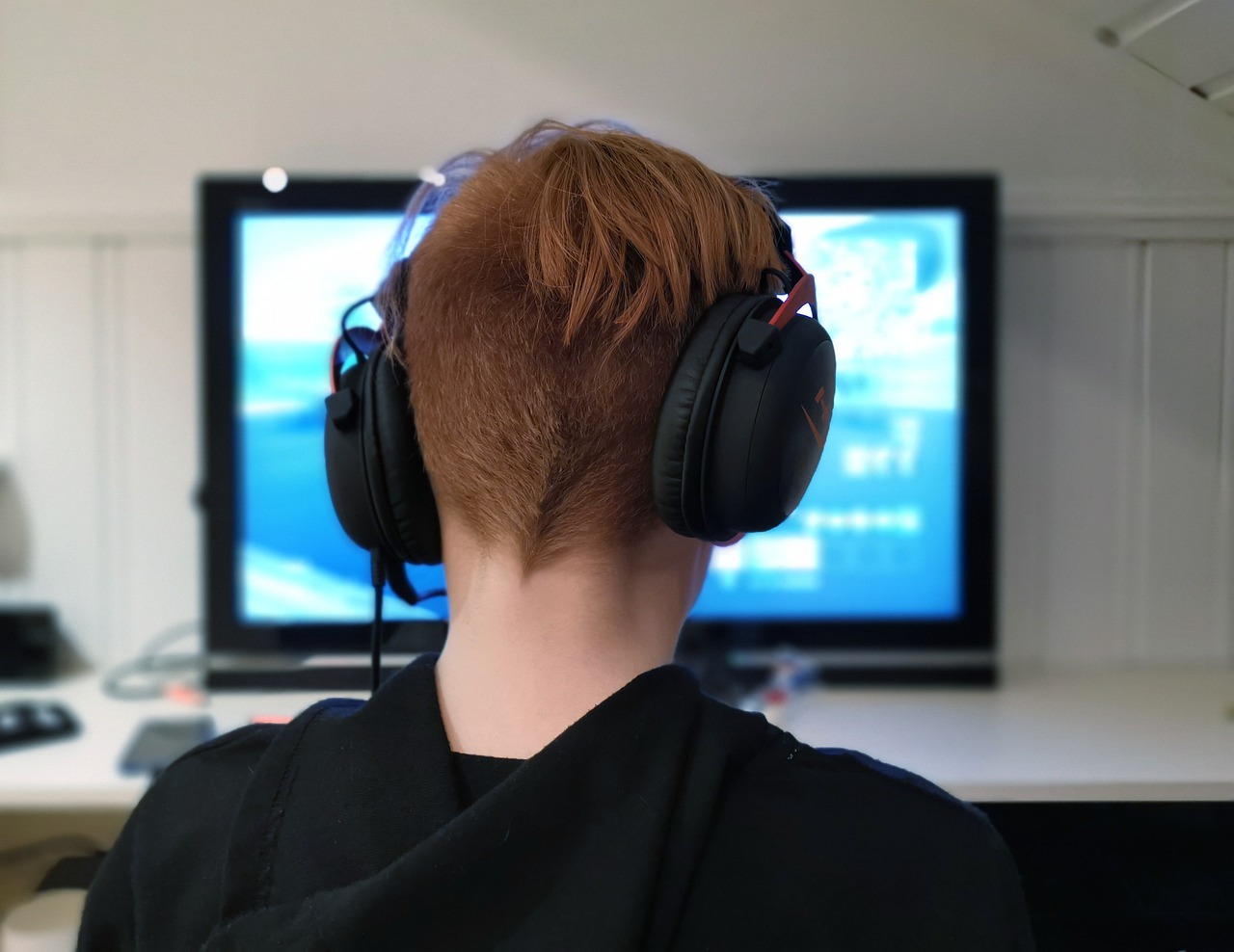
 Few games also allow someone to keep their progress after a very short registration, which can be registered through social networking sites. A study that one in five gamers access online games sites. This number has been found to grow over time as game developers are incredibly focused on creating advanced, fan-centric online games that keep a person active even today. There are not many, but the benefits of which many are not aware, although some individuals are against the nature of net games, keep that in mind.
Few games also allow someone to keep their progress after a very short registration, which can be registered through social networking sites. A study that one in five gamers access online games sites. This number has been found to grow over time as game developers are incredibly focused on creating advanced, fan-centric online games that keep a person active even today. There are not many, but the benefits of which many are not aware, although some individuals are against the nature of net games, keep that in mind. Many women and men are shy when it comes to mixing with gamers finding comfort—interacting with other players around the world. Some online groups are formed in a virtual world is a platform where you can express yourself to the outside world without the individuality, which is promising. Also, individuals can interact with each other throughout the game, which is full of gamers. These people come from different regions around the world. Users can talk to players, and friends can watch them before entering the game if the site asks to be accepted.…
Many women and men are shy when it comes to mixing with gamers finding comfort—interacting with other players around the world. Some online groups are formed in a virtual world is a platform where you can express yourself to the outside world without the individuality, which is promising. Also, individuals can interact with each other throughout the game, which is full of gamers. These people come from different regions around the world. Users can talk to players, and friends can watch them before entering the game if the site asks to be accepted.…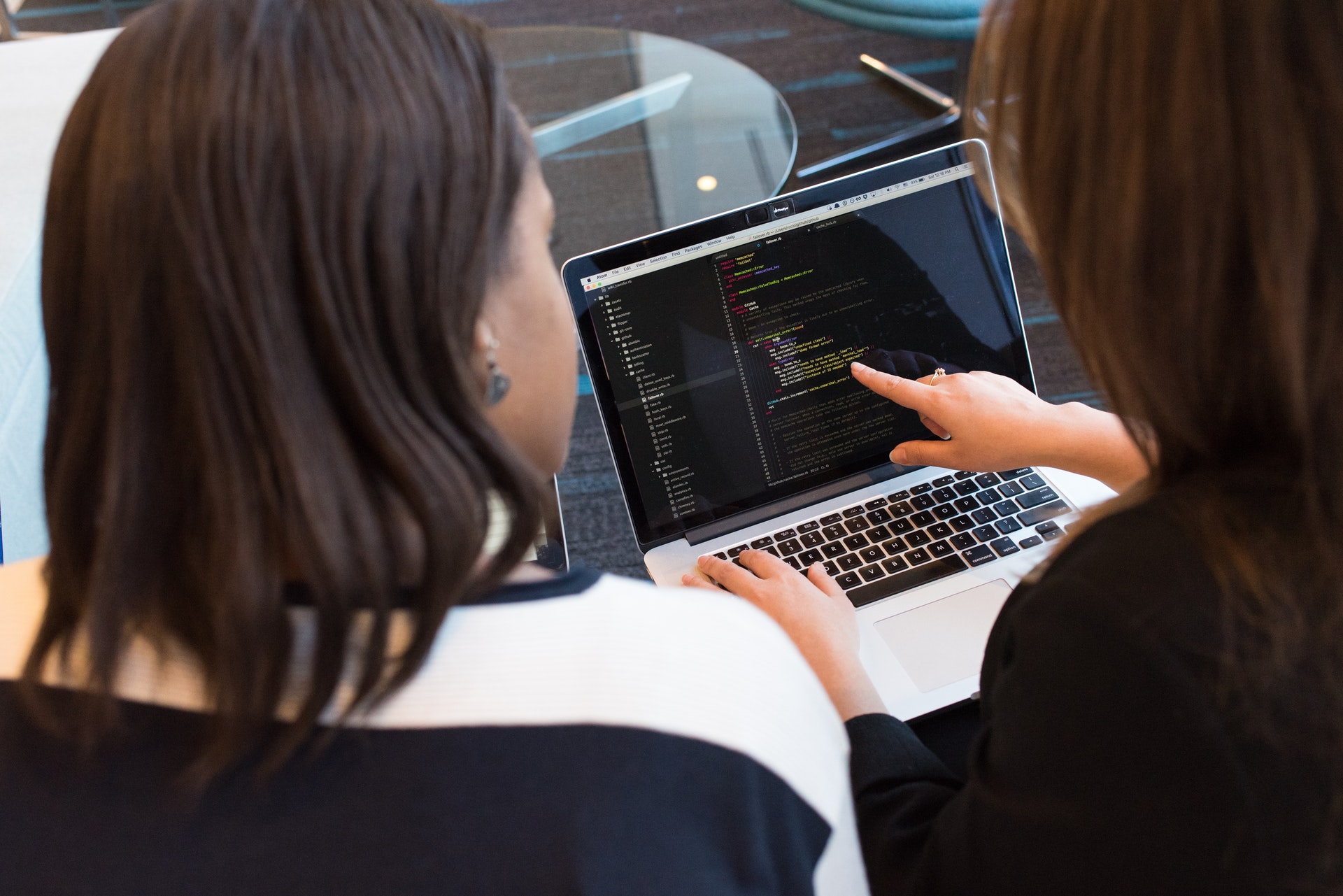
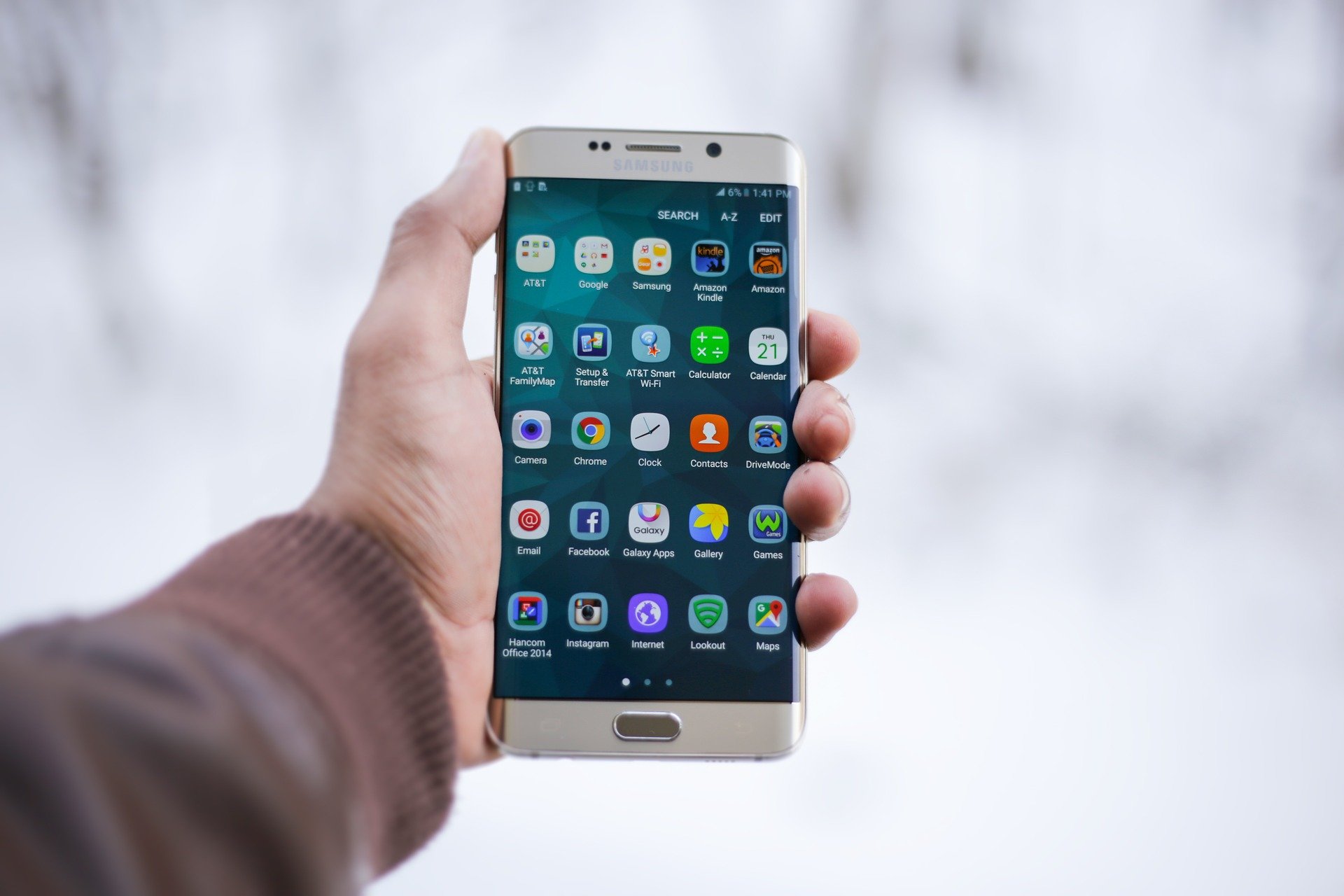

 Wide Range
Wide Range

 Be sure to check with the technicians when you visit the service center. The technicians must have competent training and proper license or have extensive experience in iPhone repair. There is a certificate issued by Apple called ACMT (Apple Accredited Macintosh Technician Certification). It is much better to bring your phone to a service center that has one or more authorized technicians.
Be sure to check with the technicians when you visit the service center. The technicians must have competent training and proper license or have extensive experience in iPhone repair. There is a certificate issued by Apple called ACMT (Apple Accredited Macintosh Technician Certification). It is much better to bring your phone to a service center that has one or more authorized technicians.
